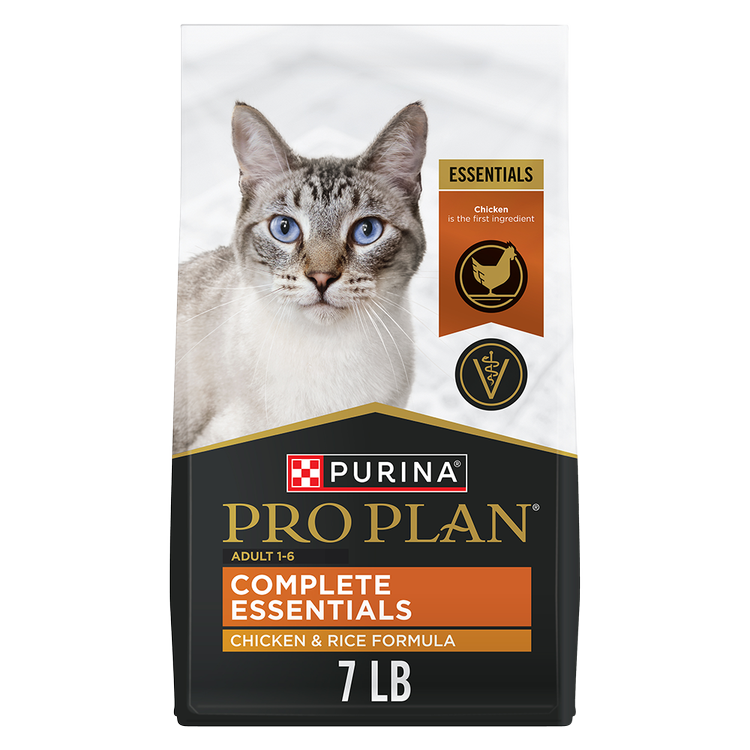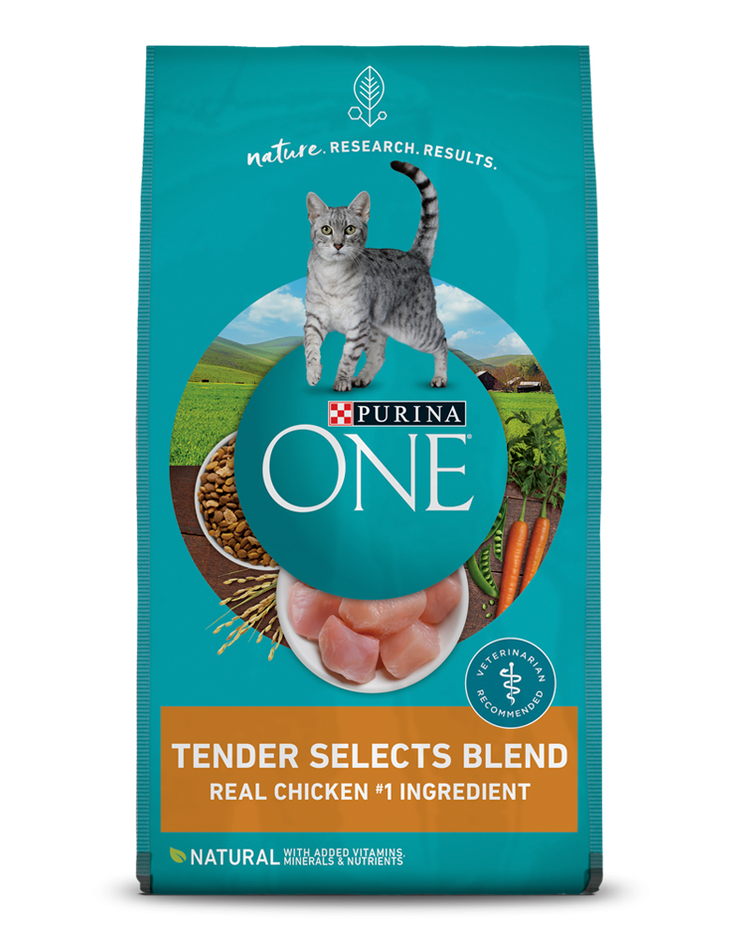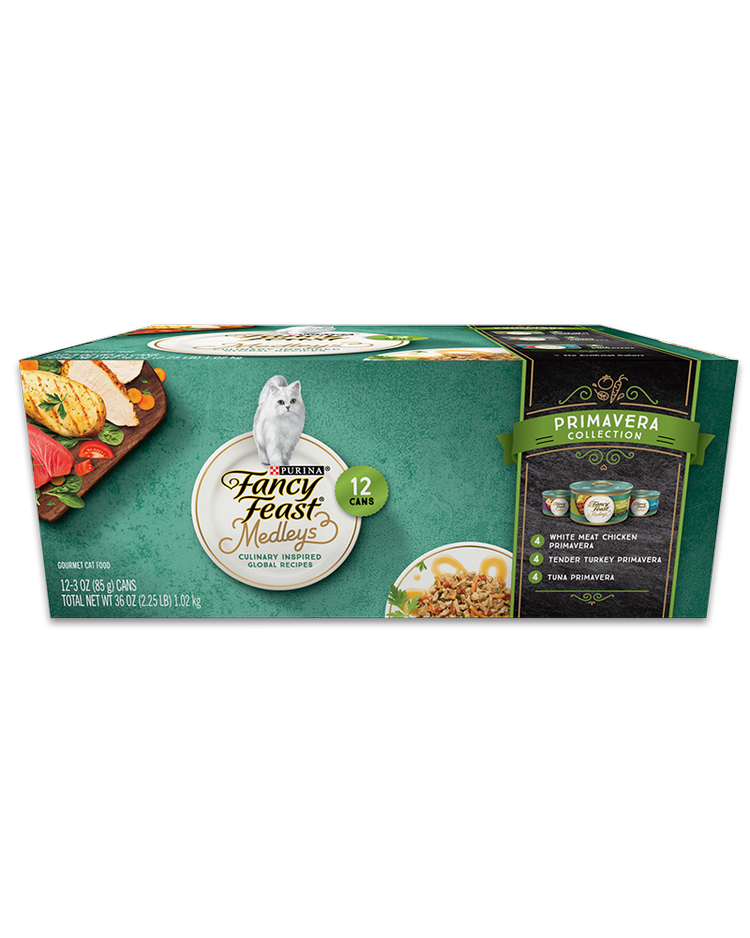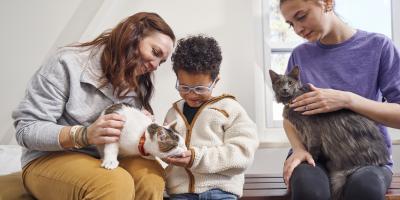
Cat Loaf Pose: What is it & Why Do Cats Loaf?

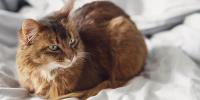
Have you ever looked at a sitting cat and thought they looked like a loaf of bread? Sitting, they have a rectangular body with rounded edges, like a cat bread loaf. If you haven’t thought about that, you’re probably thinking now about how that makes sense, right? Thus, we have the cat loaf pose.
The term “cat loaf” gradually became part of the collective vocabulary of cat lovers and social media users, with people sharing cat loaf drawing art, images and videos of their cats in this distinctive position. But what exactly does the position of a cat loaf mean, and why do cats assume this cozy position?
Our experts delve into this phenomenon, exploring the reasons behind this endearing behavior and what it signifies about your feline friend.
What is a Cat Loaf?
If you still don’t see a loaf of bread when you look at a resting cat, find a cat that’s resting with their back paws tucked under their body. Look down directly over that cat. Do you see it now? In that pose, whether or not the front paws are all tucked in, the cat’s body appears compact and rounded, giving it a distinctively loaf-like appearance. Generally speaking, a cat assumes the loaf position to relax while instinctively remaining alert.
What Are the Different Cat Loaf Positions?
As most bakeries have a fine variety of bread loaves to choose from, sweet cat loaves come in several different varieties, too, including:
- Sphynx Loaf: In this common loaf position, the cat resembles the ancient Egyptian Sphynx monument with a woman's head and a lion’s body. Why? In this loaf position, both paws are out, and the rest of the body is tucked in, like in the statue.
- Partial Loaf: In the partial loaf position, the cat tucks in only its back paws under its body while its front legs remain visible.
- Meatloaf: This one is not a sweet bread variety. In this loaf position, the cat’s front paws and neck may outstretch, their face or head gently rest downwards, and their back is arched. What is worth noting is that the meatloaf position in cats is potentially concerning. We unfold why below.
- Loaf Boat: Sometimes, a cat tucks its body but leaves one paw slightly visible. The name “loaf boat” may be because the outside paw resembles an oar.
- Full Loaf: This is the classic loaf position, which features the cat with all four paws and its tail tucked under its body, with its head held upright.
- Face Loaf: In this loaf position, the cat’s head is lowering onto the floor and the face is facing down, with their paws all tucked in.
- Double Loaf: This is where two cats loaf together. You may also encounter a triple loaf of cats perching together, a quadruple loaf, or more, depending on how many cats! Indeed, the higher the number gets, the rarer the loaf.
- Attack Loaf: In this position, the cat’s paws are spring-loaded, and the tail is often extended back and off the ground.
What Do the Different Types of Cat Loaf Mean?
What does it mean when a cat loafs? Each variation of the cat loaf can give insights into your cat’s mood and if they’re relaxing or if there are warning signs that they’re not feeling so great. Here’s our guide to those varieties with potential reasons for each type of cat loaf position.

Why Do Cats Loaf?
Why do cats sit like a loaf? There’s actually nothing wrong with it. All cats sit. These cat sitting positions are natural responses to their body’s needs, and behavior modification isn't needed, no matter how funny looking. It’s just important to know why they’re sitting in these types of loaf positions, paired with their body language.
As the word “loafing” is defined, a loafing cat is usually relaxed. But there may be a few other reasons for loafing:
- They feel safe with you: Usually, why do cats tuck their paws? Well, they're happy and content if their paws are all tucked in and they're slowly blinking or purring.
- They’re sick or injured: On the other hand, with a meatloaf cat loaf position, sick symptoms are likely. Cats sometimes loaf to protect injured vital organs or may generally be in pain or stressed. As mentioned in the infographic above, the feline meatloaf position, for example, is sometimes linked to illness. The cat loafing position paired with any of the following warrants an immediate visit to the veterinarian:
- Diarrhea
- Dilated pupils
- Hiding
- Lethargy
- Loss of appetite
- Low energy
- Muscle tremors
- Open-mouth breathing
- Panting
- Shivering
- Skin ripples
- Trembling
- Tucked back ears
- Vomiting
- They’re trying to stay warm: When you’re cold, you might put your hands inside your jacket pockets to keep warm. That’s what your cat might be doing by tucking their paws under themselves.
- They’re ready to pounce: On the other hand, some cats loaf to feel more protected when they feel threatened, even slightly. Maybe they’re sitting by a window where the passing cars are loud. There could be many reasons specific to your cat and space. Cat loafing can help them protect from exposing their soft underbelly and keep them ready for anything. Since they're both hunters and prey, it may be instinctual for cats to rest in a launch-ready position. This cat loaf position should not concern pet owners as it’s a normal instinctual response.
For more expert tips on cat behaviors, explore our other articles about understanding cats.

Earn myPurina Rewards with Every Purchase
Use your points for treats, toys, and gift cards with myPurina app.

